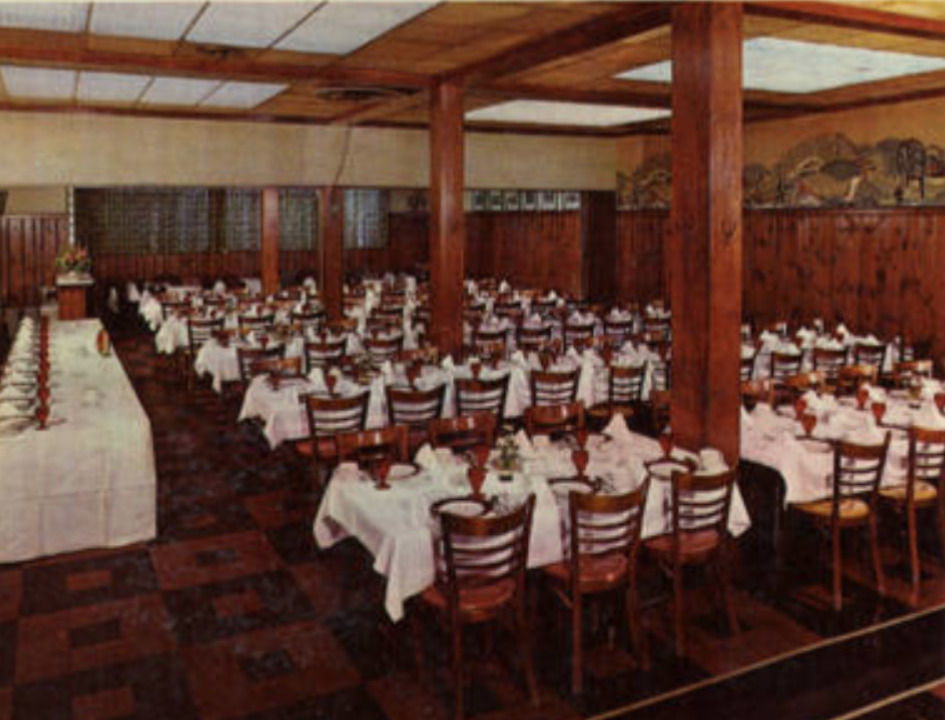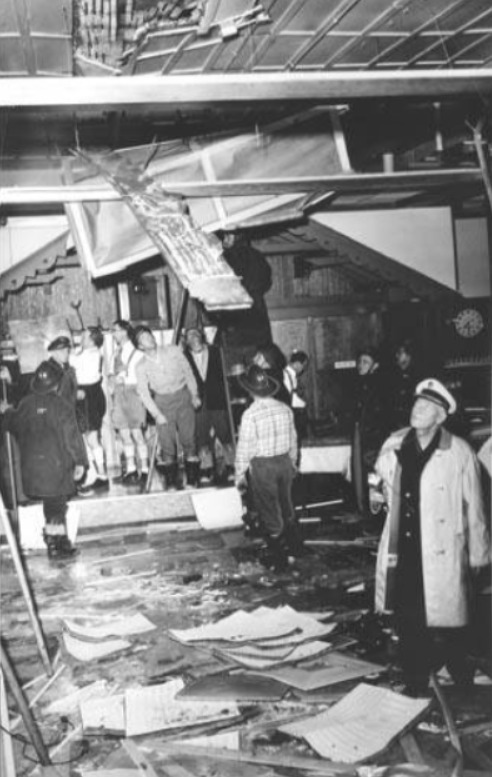
Some classic restaurants bank on culinary excellence. Others feature great ambiance or perhaps famous clientele: celebrities, gangsters, politicians and so forth. However, the claim to fame for Kiefer’s – the venerable German eatery – might be the strangest: the longest-closed hostelry that still has a sign out in front.
This is not to say that Kiefer’s didn’t have great food and good karma. Quite the contrary; Kiefer recipes for signature dishes like wiener schnitzel are still floating around the Internet. But since the restaurant closed in 1991, virtually everything around West 25th Street and Detroit Avenue has changed. Art galleries. New residences. Revamped buildings. A huge park planned for nearby Irishtown Bend. In fact, the only vestiges of an earlier time are the St. Malachi complex and the lonely Kiefer’s sign at 2519 Detroit Ave. The giant Seymour building in which Kiefer’s was located dates to the early 20th Century, and it too is getting a major facelift – a conversion to affordable housing.
The story of Kiefer’s begins in Paradise – the name of the restaurant that previously occupied the space. Kiefer’s, on the other hand, began as a beer and bratwurst stand launched by William and Anna Kiefer at the Great Lakes Exposition of 1936. When the event closed in late 1936, the Kiefers bought out Paradise and renamed it Swartzwald (“Black Forest” in German). It was a good time for German and central European cuisine and the establishment thrived. Expansions swallowed an adjoining carpet store, furniture store and barber shop and by the 1940s the eatery’s seating capacity topped 400. William baked and prepped. Anna handled the cooking and bookkeeping. Otto Thurn and his oompah band entertained patrons and conducted singalongs. Heavy wood paneling, Teutonic murals and copious beer immersed patrons in the Black Forest. President Jimmy Carter once held a nationally televised meeting there.
The restaurant's early years coincided with the rise of the Bund. Seeking to promote favorable views of Nazi Germany, the Bund was populated primarily by American citizens of German descent. In 1939 and 1940 the Schwartzwald was a hotbed of Bund activity. Soon, however, Schwarzwald (like most German terms) became an undesirable moniker, so the couple renamed their establishment “Kiefer’s.”
In 1960 the Kiefers sold out to a syndicate headed by Jack and Joseph Klingbeil but the menu changed little: everything from paprikash to pig’s knuckles. A second consortium headed by County Treasurer Francis E. Gaul bought Kiefer's in 1976, seasoning it with a slight Irish flavor. The rediscovery and renovation of Ohio City was just beginning at this time. That was fine for Kiefer’s but it also was a harbinger of increased competition. Nonetheless, when Gaul shuttered the restaurant in 1991, he blamed a recession and the 18-month renovation of the Main Avenue Bridge.
Signs of change are everywhere along lower Detroit Avenue. That’s a great thing for the most part. But when the Seymour Building overhaul is complete, the one remaining “sign of other times” will probably disappear.
Images







